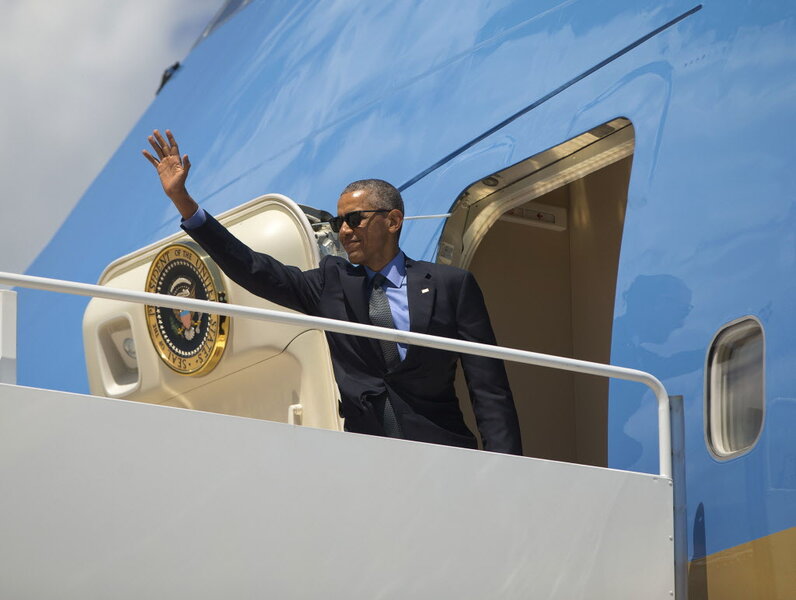What can the CBO teach us about President Obama's 2017 budget?
If you have any interest in future tax reform, immigration reform, or health care reform, the way the Congressional Budget Office scores the budgetary effects of major legislation matters--a lot. On Monday, CBO issued a supplemental analysis of President Obama’s budget that included a full-blown look at how that fiscal plan would affect the economy, and what those economic changes would mean for future deficits.
The results were striking. CBO reached three major conclusions: The tax hikes in Obama’s budget would have a relatively small impact on future deficits, even after accounting for those broad economic effects. Other policies can be much more important than tax changes (at least those on Obama’s scale). And estimates of how policy changes affect the economy and, in turn, the budget are highly uncertain. None of these conclusions are especially surprising to budget wonks, but they are important.
To better understand what’s happening, here’s a bit of background. Last year, Congress instructed CBO and the Joint Committee on Taxation to use this kind of analysis, which has come to be known as dynamic scoring, in all estimates of major legislation. While budget scorekeepers had been using macroeconomic analysis in limited ways for about a decade, the new rules make this technique the primary method for tracking how legislation affects the overall budget.
Hill Republicans who spearheaded this effort hoped to use dynamic scoring to show lower budgetary costs of tax cuts. They argued that if tax reductions help the economy grow, the extra growth would generate new tax revenue that Congress should acknowledge. While most Democrats opposed the idea, other recognized its value, at least in theory. Still others wanted to use dynamic scoring to show the economic benefits of spending for, say, infrastructure.
Because the Obama budget has long been a non-starter, think of what CBO did as something of a dry run. It helps the agency learn more about how to do this kind of analysis. And it helps the rest of us learn more about how that work might play out when Congress begins to tackle major legislation—perhaps as soon as next year.
Here are CBO’s main conclusions about the effects of 2017 budget on the economy:
- Overall, it would boost the size of the economy by an average of 0.2 percent from 2017-2021, and by an average of 1.8 percent from 2022-2026.
- Federal deficits would be substantially smaller by 2026—down from an average of 4 percent of Gross Domestic Product through the period 2017-2026 to 3 percent.
- The largest economic effects would be driven by Obama’s proposal to expand the number of legal immigrants in the US. CBO calculated it would boost the number of US residents by about 3 percent, which would in turn increase the labor force, employment, productivity, and economic output. CBO projected that these new workers would boost total productivity by 0.7 percent by 2026. It assumes that while many new workers would be relatively low skilled, some would be highly skilled and help create new technologies.
- Obama’s tax proposals would raise marginal rates on both labor and capital income. But the macroeconomic effects of those tax changes would be quite modest-- and be more than offset by the economic benefits of his other proposals, especially his immigration plan. On net, his budget would enhance growth and reduce the cumulative deficit by about $2.4 trillion over 10 years.
- The range of CBO’s projections is quite wide, especially in the second five years of its estimates. For example, CBO figured the Obama budget would increase projected growth from 2017 to 2021 by between zero percent and 0.5 percent. In the period 2022-2026, the range of its estimate was 1.0 percent to 2.5 percent.
All of this can be pretty complicated, but the lessons are quite simple: Tax changes have much less direct effect on the economy than many hope/fear, and calculating those effects remains a work in progress.
This article first appeared at TaxVox.





